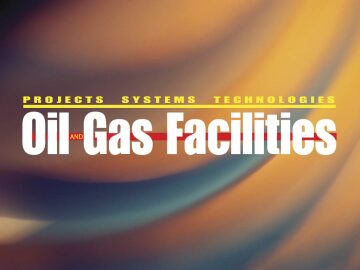
Summary
Subsea processing has been increasingly accepted by the offshore oil and gas industry as a solution to boost production and reduce cost. Accordingly, the subsea power demand is growing to support various processing loads, including pumps and compressors. Depending on the application, the power rating of a field ranges from tens of kilowatts to tens of megawatts, and the step-out distance ranges from a few kilometers to hundreds of kilometers. Considering the hostile and remote environment, a reliable subsea electrical-power system that is suitable for subsea deployment is clearly desired. This paper presents a modular direct-current electrical-power system that is designed for use in a subsea field with medium or long step-out distance. The proposed system consists of multiple modular converters in the subsea station to achieve the required power-conversion functions. It features high reliability, high flexibility, and reduced installation weight. The system operation and protection are presented, and the performance is verified by a laboratory-scale demonstration.
Introduction
The demand for energy is growing worldwide because of the industrialization and economic development in many countries and the growth in population. The US Energy Information Administration projects that the energy demand will continue to increase for the period from 2010 to 2040. Projections in the residential/commercial sector are that the energy demand is expected to grow approximately 30% by 2040, the transportation demand is expected to grow approximately 40% , and the industrial energy demand is following the same trend.
On the other hand, the harder-to-recover oil and gas reserves and the ever-increasing global demand for oil and gas supply are intensifying the need to deploy technologies for accessing deepsea and remove petroleum resources (IEA 2009; Craig and Islam 2010). Subsea electrification is seen as a key enabler and an integral part of the processing and control of deepwater oil and gas production. Subsea processing systems, such as pumping, compression, and separation, require the deployment of equipment that may include variable-frequency drives, electric motors, switchgears, and uninterruptible power supplies in close proximity to the loads on the seabed, connected by dry- and wet-mate connectors. Their control requires electric actuators and valves for “all-electric” trees and highly reliable power supplies for communication and control at long step-out distances (Rocke 2003; Baerd et al. 2010). For such applications, bulk electrical power needs to be delivered effectively from onshore or offshore platforms, where power is generated, to electrical loads on the seabed. The main driver for the power-delivery system is very high reliability with minimal maintenance requirement. In addition, it is desirable that the system be easy to install, be efficient and low cost, and have high power density. The requirements for subsea applications bring enormous challenges, which call for technology innovation and new-system development.
